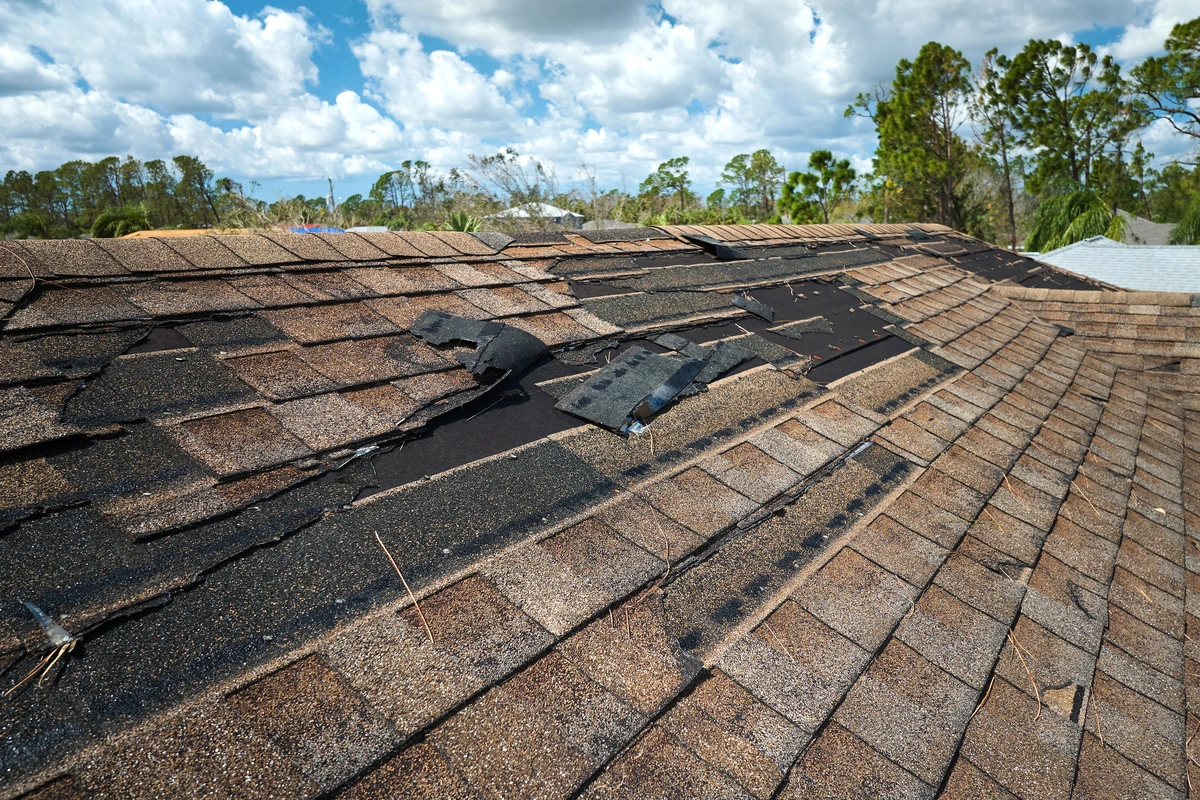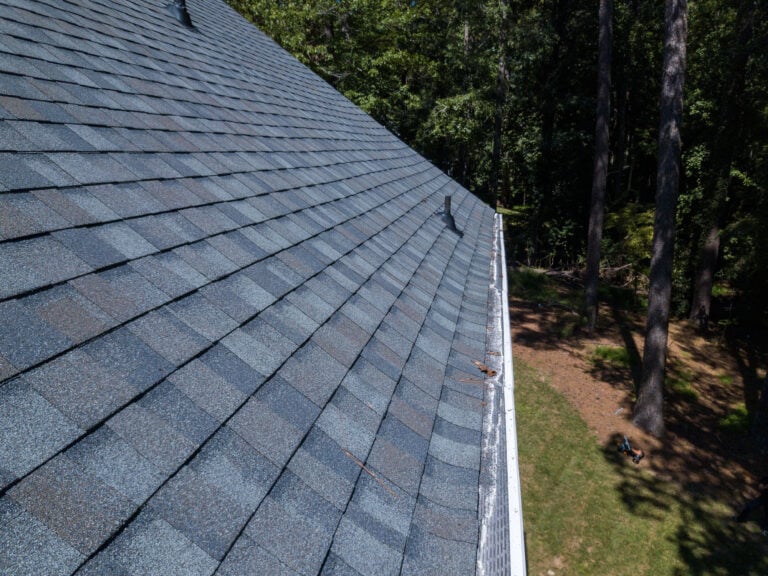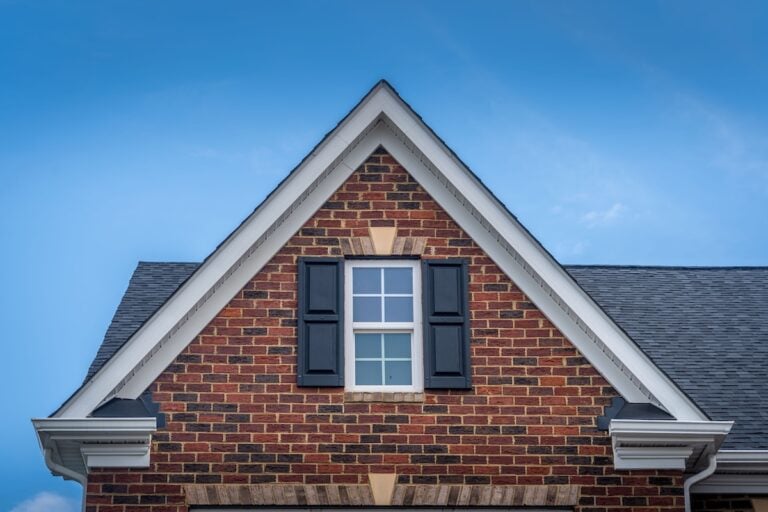Your roof takes the brunt of Mother Nature’s fury during storms. Whether it’s a fierce thunderstorm, a pounding hailstorm, or a raging hurricane, your roof bears the impact. To ensure your roof remains in top shape after a storm, it’s crucial to conduct a thorough inspection. In this guide, we’ll provide you with a checklist for homeowners to follow when inspecting their roofs for storm damage. Don’t let storm damage go unnoticed—take proactive steps to protect your home and wallet.
Inside this blog:
- An 11-Step Storm Damage Checklist for homeowners to follow
- Specific tips + tricks under each checkpoint
Keep reading to learn everything you need to know to ensure your home weathers the next crazy storm Mother Nature throws your way!
Before You Start: Ensure Safety First
Before you climb up the ladder or step onto your roof, prioritize safety. Storms can weaken structures, so exercise caution when performing a roof inspection. Here’s how to stay safe:
- Check the Weather 🌧️: Ensure it’s safe to go outside and inspect your roof. Wait for clear skies and stable weather conditions.
- Use Proper Safety Gear 🧤: Wear appropriate safety gear, including a hard hat, gloves, non-slip footwear, and safety glasses.
- Inspect From the Ground 🔎: If you’re not comfortable climbing onto your roof, use binoculars to inspect from the ground.
Now, let’s dive into the inspection checklist:
☑️ 1. Exterior Roof Inspection
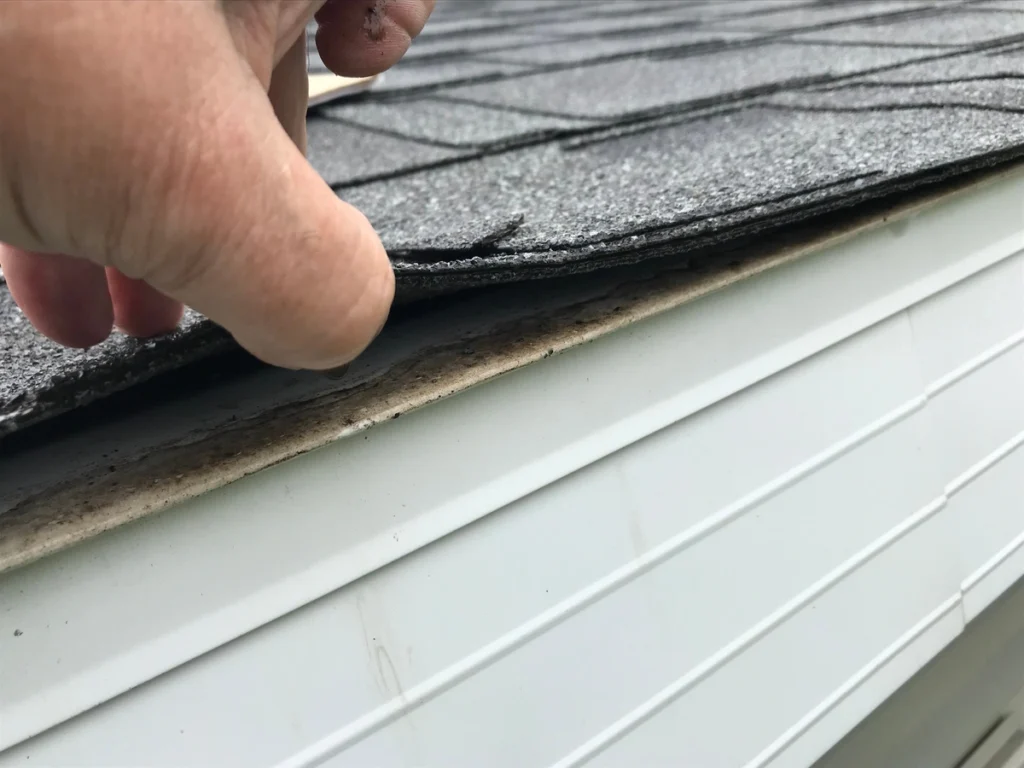
Start your inspection from the ground, examining the exterior of your roof. Look for the following signs of storm damage:
- Missing Shingles: Check for any shingles that may have been blown away by strong winds. Missing shingles can expose your roof to leaks and further damage.
- Dented or Cracked Shingles: Inspect the condition of your shingles. Hailstorms can cause dents or cracks, compromising their effectiveness.
- Loose or Curling Shingles: High winds can loosen or curl shingles, making them less effective at protecting your home.
- Damaged Flashing: Examine the flashing around roof penetrations (chimneys, vents, etc.). Storms can damage or dislodge flashing, leading to potential leaks.
☑️ 2. Attic Inspection
Moving inside your home, a thorough attic inspection is essential to detect hidden storm damage. Grab a flashlight and check the following:
- Leaks or Water Stains: Look for signs of water intrusion, such as wet spots or water stains on the attic ceiling or walls. These are clear indicators of roof damage.
- Sunlight Penetration: If you see beams of sunlight entering the attic through gaps or holes, it’s a sure sign of roof damage.
- Mold or Mildew Growth: Excess moisture from storm damage can lead to mold or mildew growth. If you notice any, address it promptly.
☑️ 3. Interior Ceiling Inspection
Back inside your living space, inspect your ceilings for storm-related damage:
- Water Stains: Look for any new water stains or discoloration on your ceilings. These are indicative of roof leaks.
- Sagging or Bulging Ceilings: Examine the ceiling for any areas that appear to be sagging or bulging, as this can signal water damage.
- Peeling Paint or Wallpaper: Storm-related leaks can cause paint or wallpaper to peel or blister. Keep an eye out for these signs.
☑️ 4. Chimney and Vent Inspection
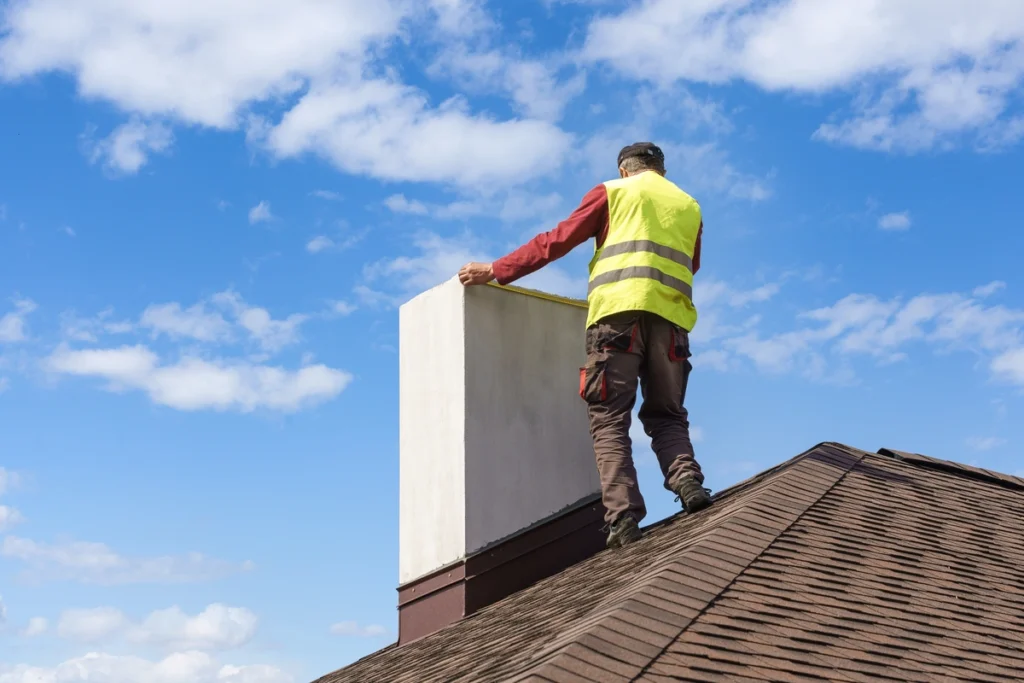
Storms can damage the flashing around chimneys, vents, and other roof penetrations. Here’s what to check:
- Flashing Condition: Inspect the flashing around your chimney, vents, and skylights for damage or displacement.
- Caulking and Sealing: Check the caulking and sealing around these roof penetrations. Damaged or missing caulk can allow water to seep in.
☑️ 5. Gutter and Downspout Inspection
Your gutters and downspouts play a vital role in redirecting rainwater away from your home. Ensure they are functioning correctly:
- Clear Debris: Remove any leaves, branches, or debris from your gutters and downspouts. Clogs can lead to water overflow and damage.
- Inspect for Damage: Look for dents, cracks, or loosened sections in your gutters and downspouts. Storms can cause structural issues.
☑️ 6. Roof Vent Inspection
Roof vents are vulnerable to storm damage. Check these components for signs of trouble:
- Vent Covers: Ensure that vent covers are intact and in good condition. Missing or damaged covers can allow pests and moisture to enter your attic.
☑️ 7. Skylight Inspection
If you have skylights, examine them closely for storm-related damage:
- Cracked or Broken Glass: Inspect the skylight glass for cracks or breaks. Hailstorms, in particular, can cause significant damage.
- Leakage: Look for any signs of water intrusion around the skylight. Leaks can lead to costly repairs if not addressed promptly.
☑️ 8. Check for Indentations on Roof
Hailstorms can leave behind subtle signs of damage. Check your roof’s surface for small indentations or dents. These can affect your roof’s longevity and should be addressed.
☑️ 9. Check for Loose Roofing Material
High winds can loosen roofing material, including shingles, flashing, and other components. Ensure everything is securely in place.
☑️ 10. Assess Your Surroundings
Take a look around your property for any debris, branches, or fallen trees that may have caused roof damage. Remove any hazards promptly.
☑️ 11. Document Your Findings
As you inspect your roof, attic, and living spaces, document any wind or hail damage you find. Take photos and detailed notes. This documentation can be crucial for insurance claims.
Get Storm Damage Help From The Pros
If you detect significant damage or are unsure about any findings during a storm damage roof inspection, it’s advisable to seek professional help. A qualified roofing contractor can provide a comprehensive assessment and recommend the necessary repairs or replacements.
Remember, prompt action following a storm can prevent minor damage from turning into costly issues. Stay safe, be thorough, and protect your home by following this roof storm damage inspection checklist.
Contact our expert team of roofers at Palladium Roofing today and experience top-notch workmanship and speedy turnaround times. Let’s keep your home standing strong with a resilient and beautiful roof!


